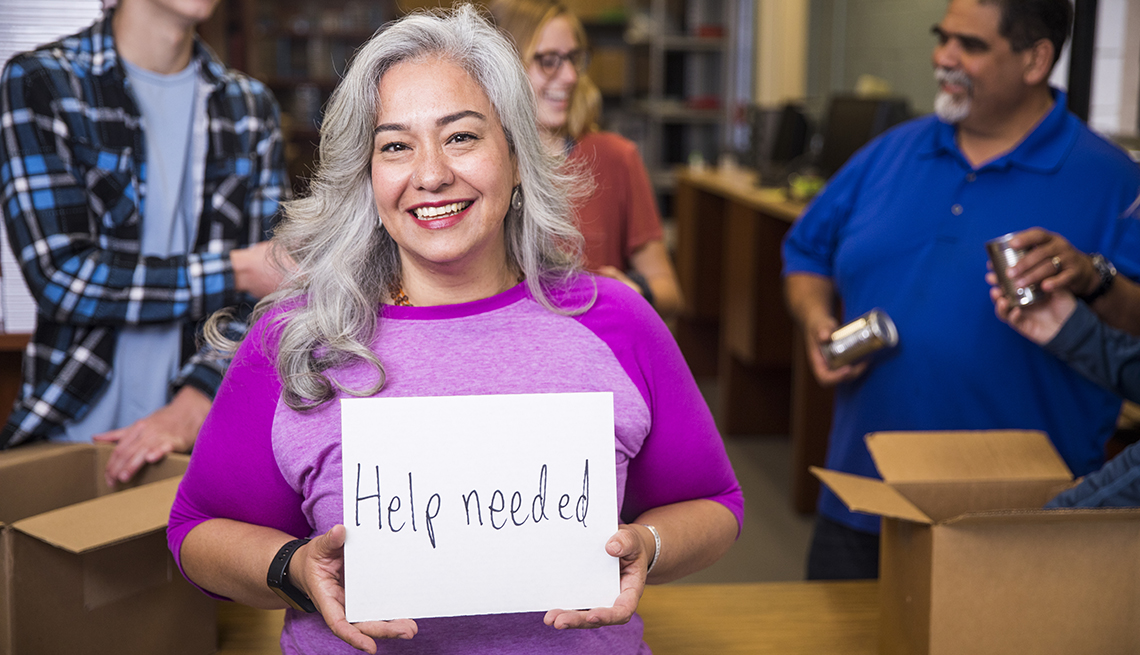On Giving Tuesday, Focus on Ways to Contribute
- Select a language for the TTS:
- UK English Female
- UK English Male
- US English Female
- US English Male
- Australian Female
- Australian Male
- Language selected: (auto detect) - EN

Play all audios:

By
Aaron Kassraie,
Updated November 28, 2022 AARP En español Published November 23, 2021 / Updated November 28, 2022
After feasting at Thanksgiving and capitalizing on the string of sales in the days following, Giving Tuesday (GT) presents itself as the “global generosity movement” that focuses on
philanthropy instead of consumption.
"Giving Tuesday began as a simple idea: a day that encourages people to do good,” says Asha Curran, who led the team that launched GT at the 92nd Street Y, a cultural and community center in
New York City. “But it has taken a life of its own and is so endlessly creative and generative that it constantly evolves and changes."
The name first circulated on the internet in 2012 with its hashtag, #GivingTuesday. It is intentionally not connected to a particular charitable cause and designed to be accessible to
diverse communities, Curran says.
The day now has more than 240 local GT movements in the U.S., official campaigns in over 80 countries, and other activities that have been tracked in nearly every country.
"At the end of the day, generosity connects us all in an ever more divided world,” says Curran, who is now also CEO of the GT organization. In 2020, at least $2.47 billion were donated in
twenty-four hours in the U.S. alone with an estimated 13% of adults participating by donating their time, skills, goods, money and other acts of kindness, says the organization.
The movement doesn't aim to take away from other opportunities to give during the year. It creates a “giving spike but with no corresponding dip,” Curran writes in the Stanford Social
Innovation Review.
For ways to save and more, get AARP’s monthly Money newsletter.